17 June 2015
WWF starts project to breed Amur leopards and released them in the wild.
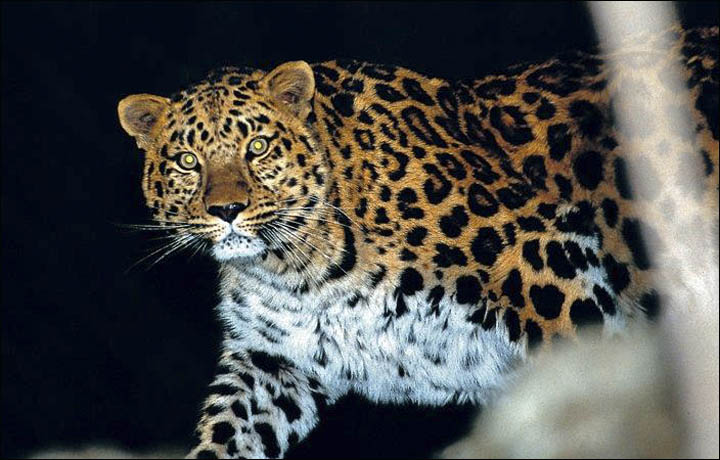
The Amur leopard is listed by WWF as the 'most endangered cat
anywhere in the planet' with just about 60 left in the
wild. Picture: Kisoon Choi
The Amur branch of wildlife organisation WWF Russia has announced it
is ready to start work on creating a new population of an endangered
leopard.Under a plan to help conserve the rare Amur leopard, cubs will be created from some of the big cats currently living in zoos around the world.
They would then be nurtured and raised in a special way to prepare them for life in the wild, before being released into the Lazovsky Nature Reserve, in Primorsky Krai.
The Amur leopard is listed by WWF as the 'most endangered cat anywhere in the planet' with just about 60 left in the wild. It means any plan to boost their numbers will be welcomed by conservationists worldwide.
Elena Starostina, press secretary for the Amur branch of WWF Russia, said: 'Purebred animals from zoos around the world, with genetic diversity even higher than in the wild population, will be taken to create the totally new population.
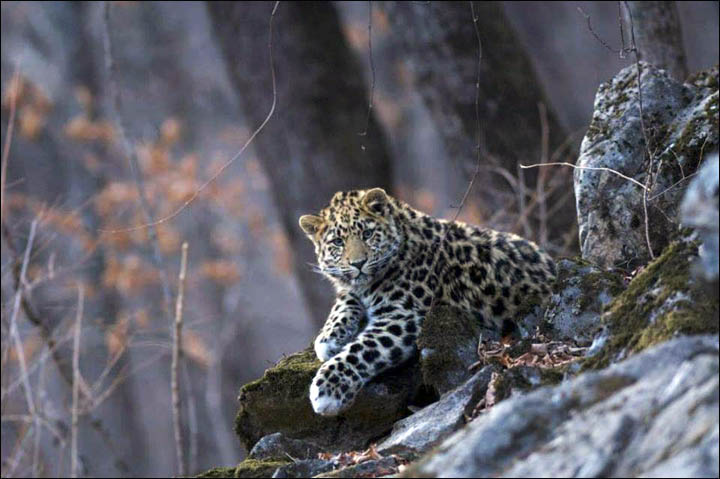
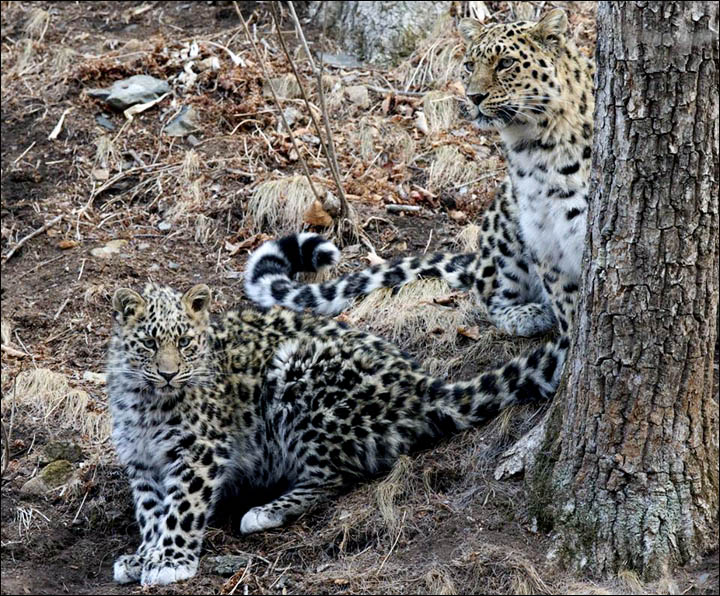
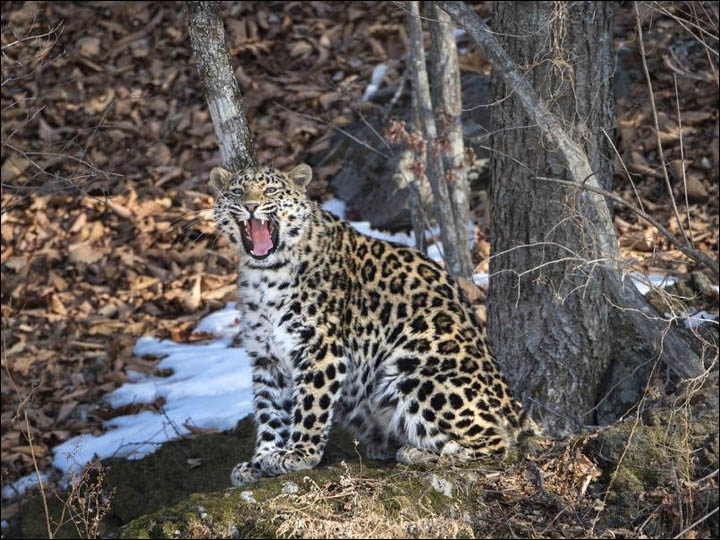
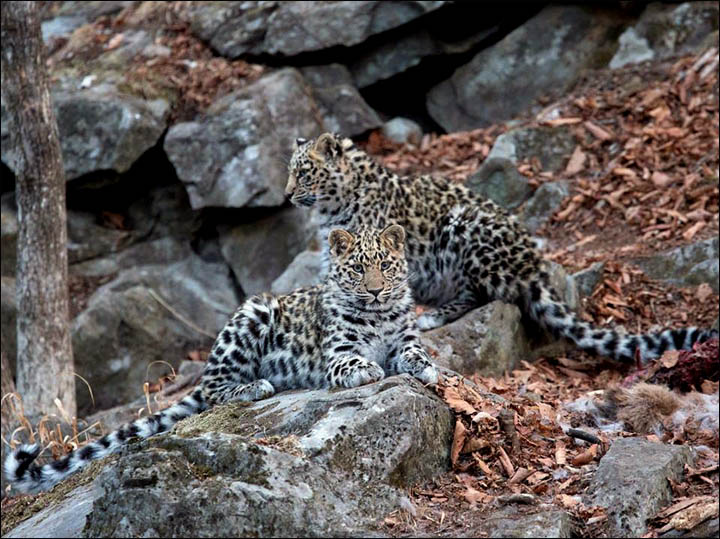
It is expected that in the future the leopards will be able to freely
settle not only on the Lazovsky Nature Reserve, but also in the coastal
regions of southern Sikhote-Alin. Pictures: Valery Maleev, Gennady
Yusin, Nikolay Zinovyev
'The offspring produced by these leopards will undertake a special
training programme. And only those pupils who pass the survival
examination - that is, show excellent hunting skills and the ability to
avoid man and tigers - will be allowed freedom.'The programme has been devised to last 12 years, with the first of the new leopards released about three or four years after they are born.
It is expected that in the future the leopards will be able to freely settle not only on the Lazovsky Nature Reserve, but also in the coastal regions of southern Sikhote-Alin.
The choice of the reserve was deliberate since an analysis of the Amur leopard’s former habitat shows it as being the most promising area for resettlement. The total area of the potential land is 7,000 square kilometres, with 1,400 square kilometres protected.
Only a handful of Amur leopards are left in the wild, living in the south-west of Primorsky Krai in the Land of the Leopard National Park.
The re-population of the big cat was first discussed by experts in 1996 but it has taken a number of years, and drafts of a proposal document, to make it happen.
Dr Yuri Darman, director of the Amur branch of WWF Russia, said: 'The wild leopard population is stable and growing. But it is obvious that it is still on the brink.
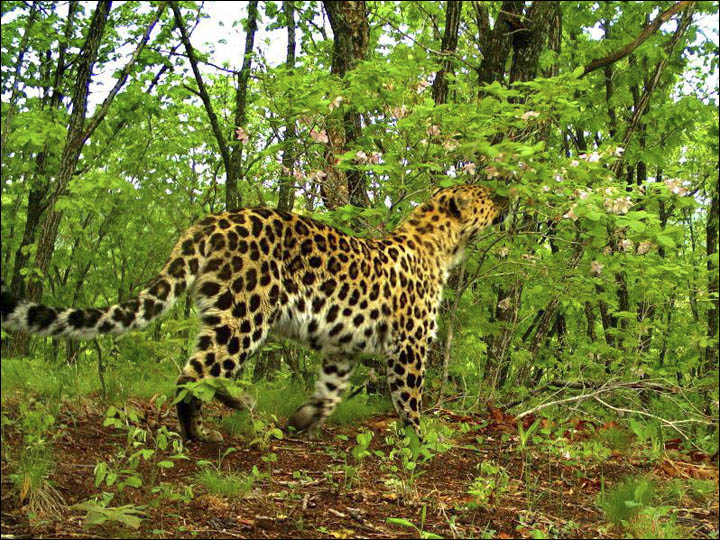
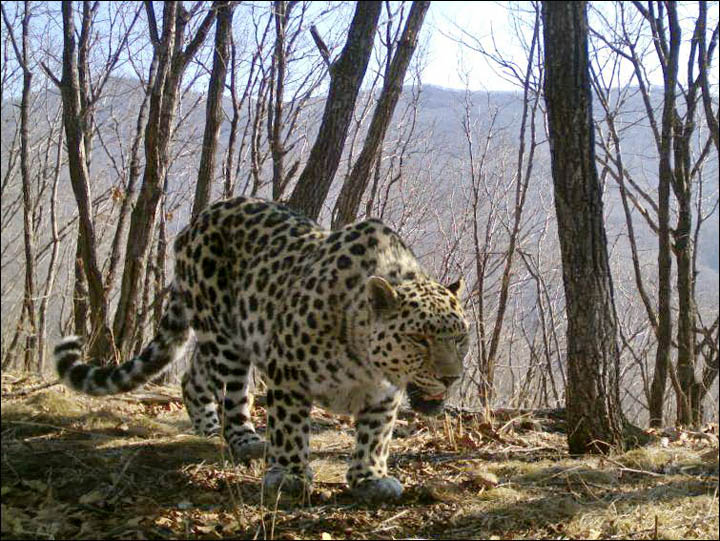
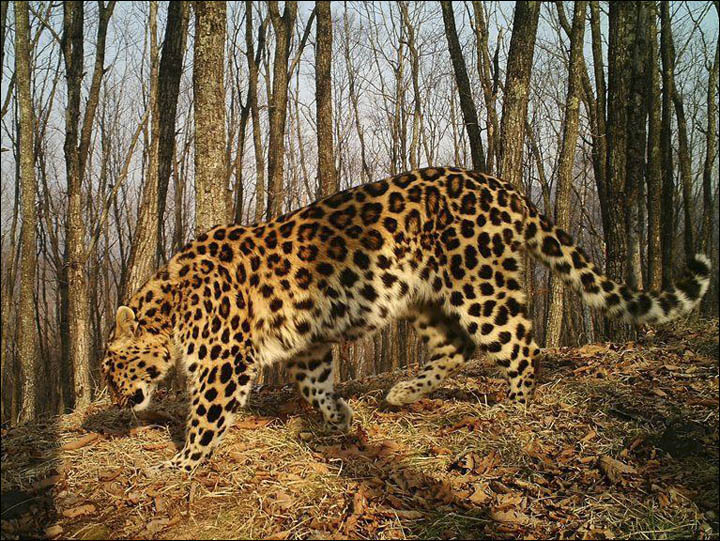
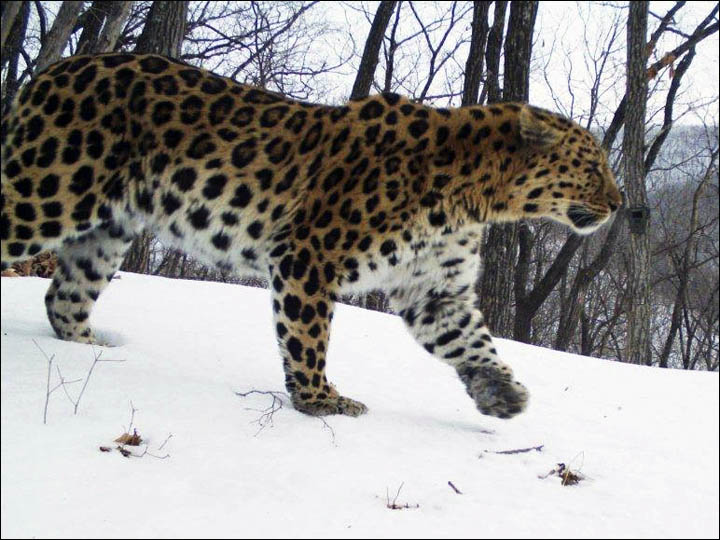
Only a handful of Amur leopards are left in the wild, living in the
south-west of Primorsky Krai in the Land of the Leopard National
Park. Pictures here and below are taken on camera traps
'A single disease could erase this handful of leopards from the face
of the Earth. Therefore, bringing the Amur leopard back to southern
Sikhote-Alin, where the beast lived half a century ago, is a necessity.'And I believe that the start of the reintroduction program, which experts have dreamed about for almost 20 years is a historic moment.'
The Amur leopard is normally a nocturnal animal that tends to live and hunt alone. According to WWF the future of the species is 'uncertain', particularly as a result of poaching in the area.
It has a different coat to traditional leopards, with widely spaced rosettes and thick black borders. In the summer its coat is short but in the winter it thickens, with hairs up to 7cm long, to keep out the worst of the Siberian weather.
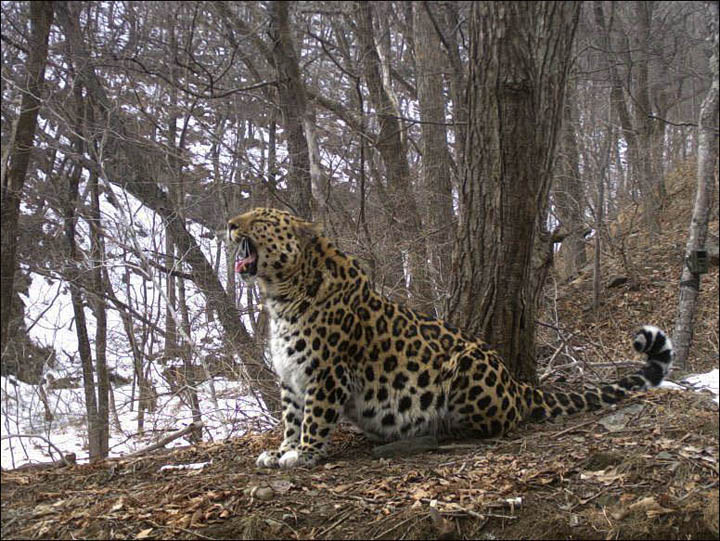
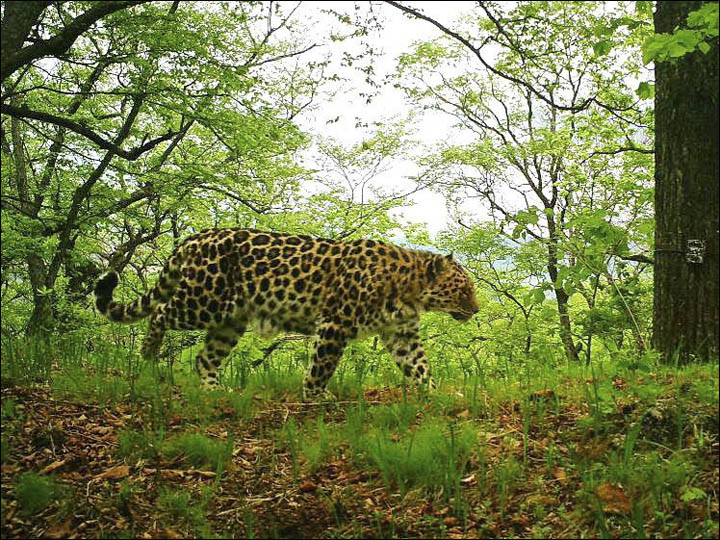
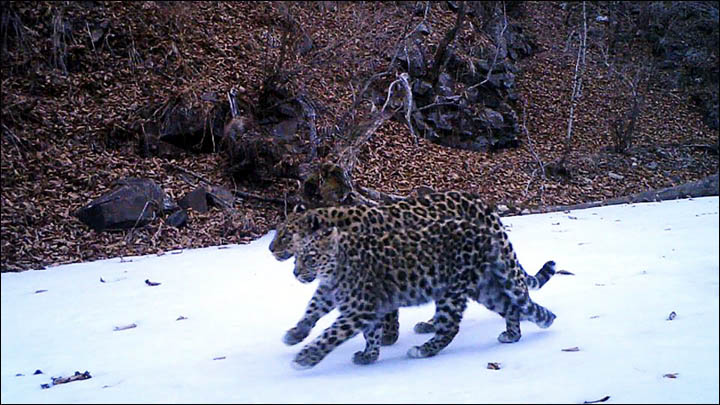
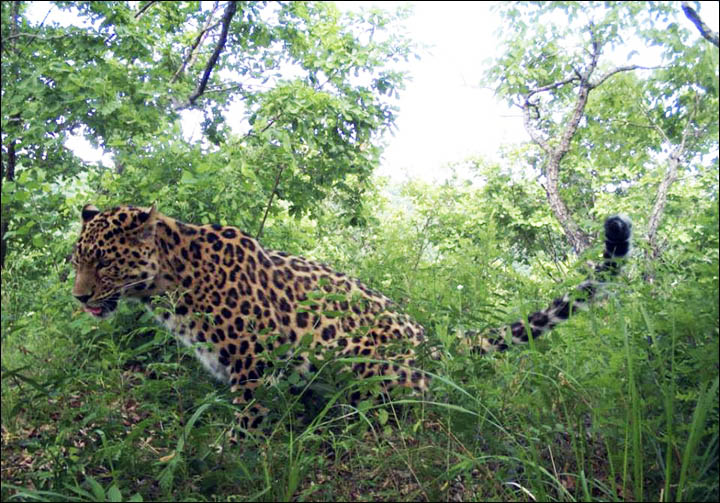
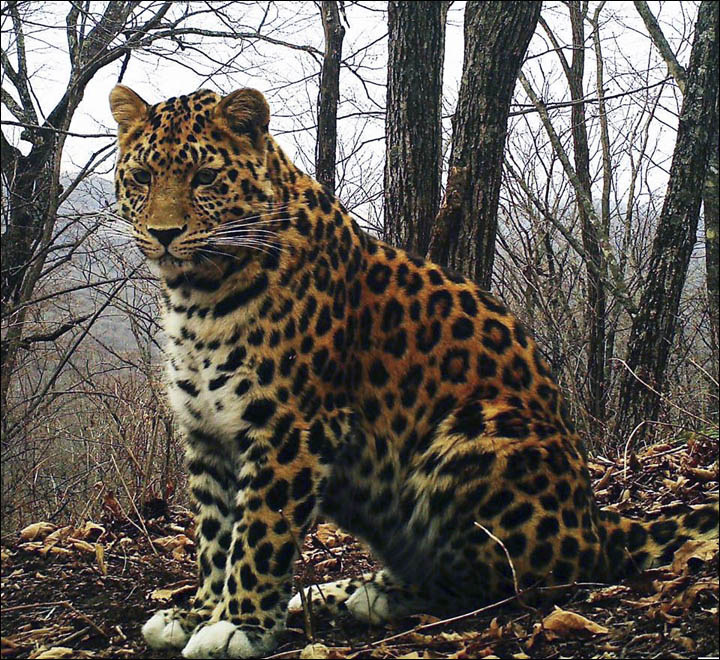
source
No comments:
Post a Comment